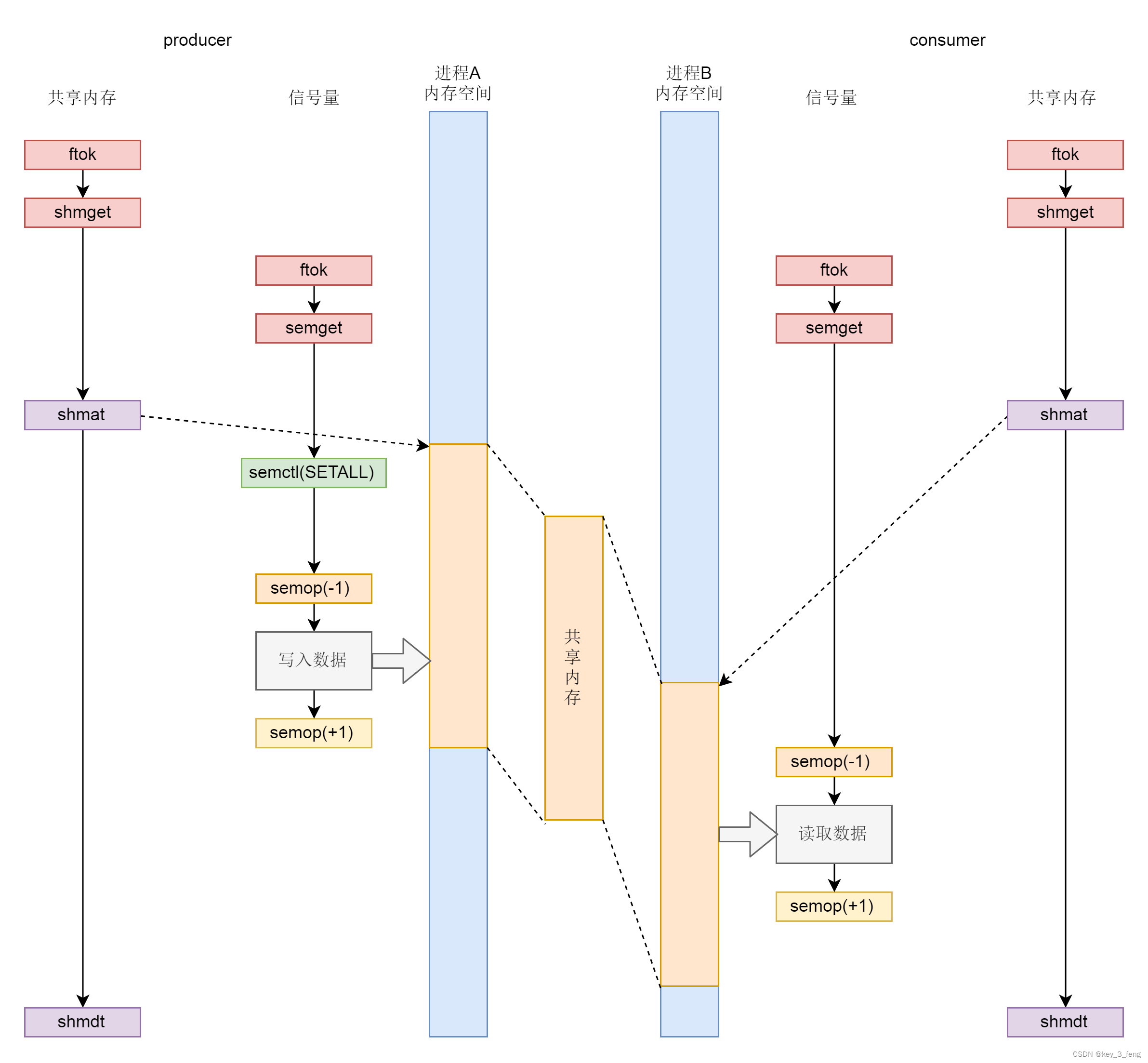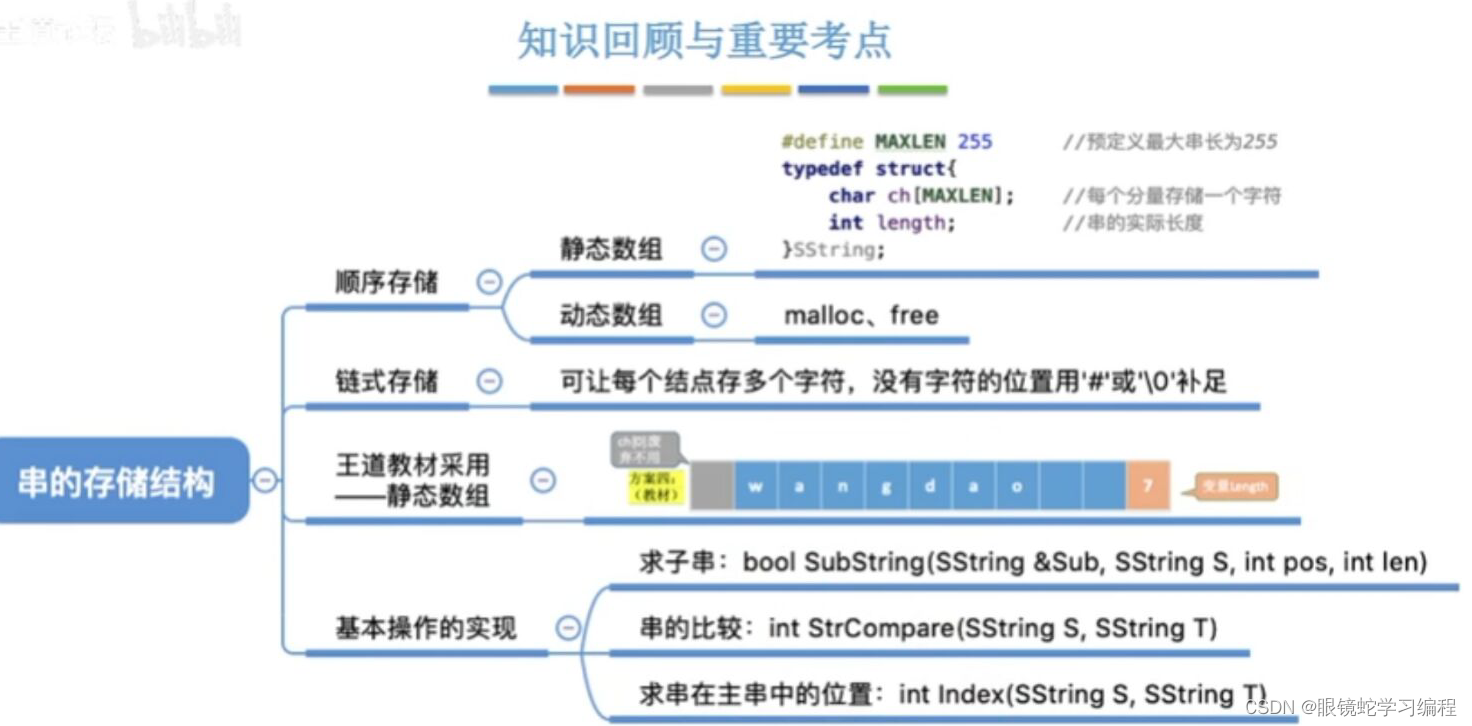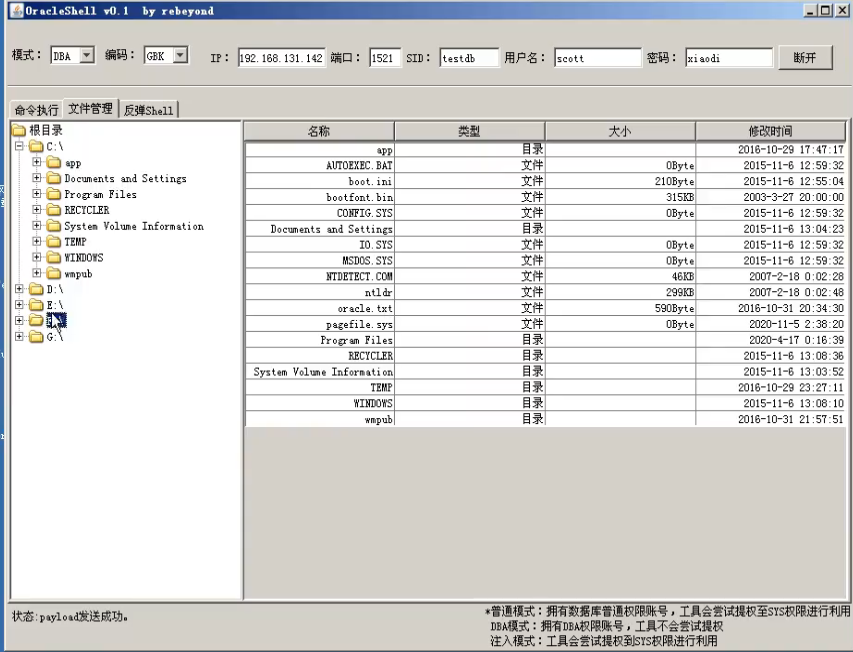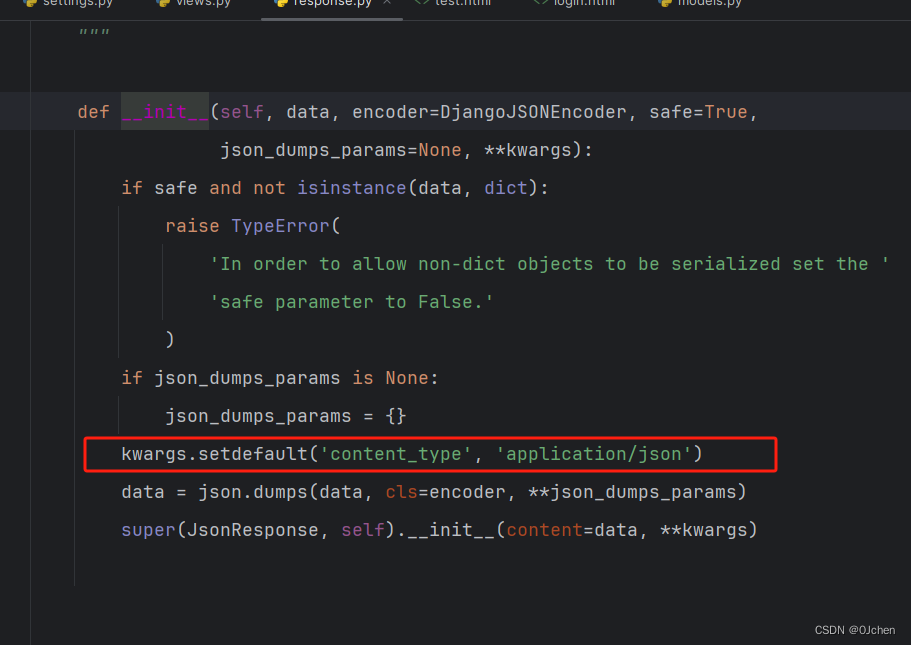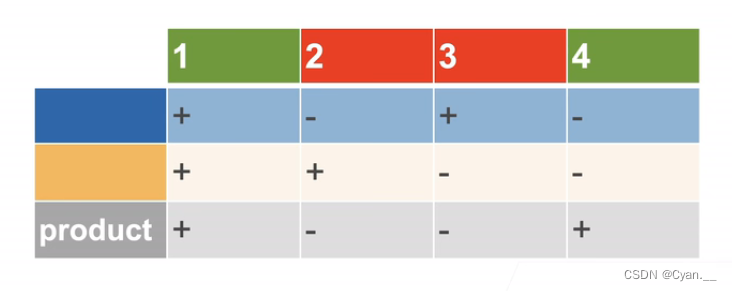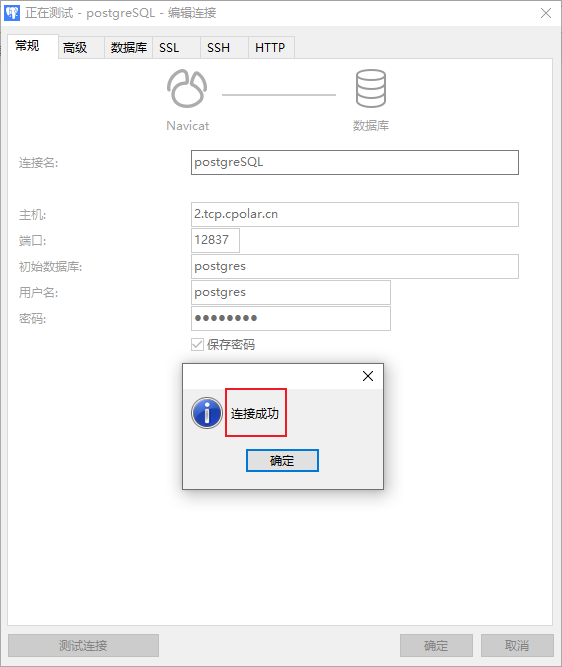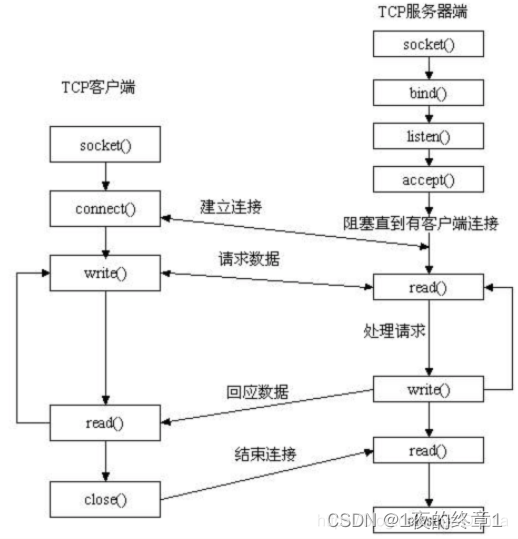一、前言
shell编程中if和case都是用来做流控的。
二、case语法结构
- case 变量 in
- 模式1)
- 命令序列1
- ;;
- 模式2)
- 命令序列2
- ;;
- 模式3)
- 命令序列3
- ;;
- *)
- 无匹配后命令序列
- ;;
- esac
三、简单的模式匹配
需求:邀请用户输入待删除用户名。 询问用户,确定要继续删除吗yes/no:“yes” 。
if写法:
[root@localhost ~]# vim if.sh #脚本编写
#!/bin/bash
#1请输入删除的用户名:
read -p "please input a username:" user
#2请用户确认是否删除
read -p "are you sure?[y/n]:" action
if [ "$action" = "y" -o "$action" = "Y" ];then
userdel -r $user
echo "$user is deleted!"
else
echo "thank you"
fi
[root@localhost ~]# bash if.sh #执行脚本
please input a username:aa
are you sure?[y/n]:y
aa is deleted!


case写法:
[root@localhost ~]# vim case.sh #脚本编写
#!/bin/bash
read -p "请输入需要删除的用户名:" user
read -p "请确认删除:[yes/no ]" action
case $action in
yes|YES|y|Y|Yes|YEs)
echo "用户同意删除"
;;
no)
echo "用户取消删除"
;;
esac
[root@localhost ~]# bash case.sh #执行脚本
请输入需要删除的用户名:abc
请确认删除:[yes/no ]Yes
用户同意删除


